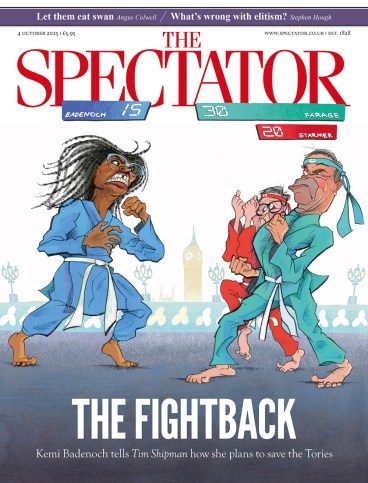
No one who flies into Afghanistan’s capital is left indifferent. In one of the many deftly drawn scenes in The Finest Hotel in Kabul, Lyse Doucet describes a snowy Hindu Kush on the skyline, the packed homes of the poor on the brown hills, a steep corkscrew descent carried out while firing flares, ‘bursting outward with white-hot fire’ to avoid missiles. Once safely on the ground, she decides to make her way to Kabul’s Intercontinental Hotel, drawn by ‘better telephone and telex links, food worth eating and a certain faded splendour’.
Doucet, a deservedly respected journalist who is now the BBC’s chief international correspondent, made that first trip in the winter of 1988, sent from neighbouring Pakistan to cover the withdrawal of Soviet troops from Afghanistan after eight years of miserable, bloody, disastrous occupation. She stayed nearly a year then, and has been visiting ever since. Those who have spent significant time in the country will understand why.
The book does many things. It offers a clever and informed social history of Kabul over more than five decades; a useful account of the politics of Afghanistan throughout the same period; a glimpse of how foreign correspondents once worked in the days before wifi and social media; and an insight into the lives of ordinary people who lived with astonishing resilience through almost a dozen different regimes, half a dozen wars, repeated coups and a great deal of hardship.
Unlike most books written by foreigners about Afghanistan, Doucet’s foregrounds Afghan voices. These are the employees of the hotel: Mohammed Aqa, who progresses from busboy to restaurant manager; the quick, talented engineer Amanullah; Abida, the gifted chef; Hazrat, once a very young policeman facing rebels in the provinces who eventually rises through the hierarchy to make the third floor his kingdom, and others. The subtitle of the book is ‘A People’s History of Afghanistan’, and these are the people.
All are strivers as well as survivors, desperately hoping to better their lives, whatever the odds – and those odds are long. They celebrate joys and hopes, but face much suffering, fear and bitter disappointment. Violence runs through the book like a vein through the local marble used in the Intercontinental’s construction in 1971. Rocket attacks kill children in the street or in homes; stray shells and suicide bombers kill adults in the corridors and rooms of the hotel; illness and the lack of medical care during the many cold and hungry months are also fatal. These episodes are dealt with carefully and quietly – which is no doubt how survivors described them to Doucet in what must have been many hundreds of hours of interviews.
Cameos of major figures in recent Afghan history include Ahmed Shah Masood, the legendary commander who fought the Soviets to a standstill. We meet him, bitter in defeat, on the roof of the Intercontinental as the factions who had beaten Moscow and then fought among themselves are forced from Kabul by the Taliban. And there is Mullah Omar, the leader of the Taliban in 2001, who visits the hotel with an entourage of dusty fighters stunned by its sophistication. Hamid Karzai and Ashraf Ghani, two post-2001 presidents, appear and then fairly ignominiously disappear, the latter slipping away as the city falls once more to the Taliban in 2021.
Even in the leanest times, the tea was strong, hot and sweet and there were nuts and mulberries from trees nearby
If you are looking for sweeping analysis of strategy or for strident opinions on geopolitics, you will need to go elsewhere. This is a micro-history of lived lives. But there are answers to some of the bigger questions in the carefully observed details. When, in the last chapter, the hotel staff and their Taliban managers remove their shoes to pray, they inadvertently reveal the cultural gulf between the cosmopolitan capital and the conservative provinces – a key driver of the instability of the country. Lined up outside the Intercontinental’s prayer room are the thick banded sandals of the older Taliban, the high-topped trainers favoured by the foot soldiers and the neat leather lace-ups of the Kabulis.
A costly makeover of the hotel in 2012 replaced much of the original décor – the local marble and wood, the murals of Afghan landscapes and traditions – with Dubai bling. This, too, tells us something important: that over the time covered by the book, Kabul has reorientated itself. When I first visited in 1998, driving in from Peshawar in Pakistan over broken roads because there were no flights, I was travelling to a central or even south Asian city. Fifteen years later, not long after the Intercontinental’s revamp, I flew into a capital which had closer links to the Gulf than to anywhere else.
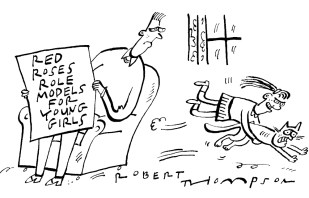
The 45-country coalition that ousted the Taliban in Afghanistan after the 9/11 attacks and sought to rebuild it as a nation does not receive much attention in the book. This is partly because their battles took place a long way from the capital – for the most part in the same distant villages and fields that Moscow’s troops had struggled to control. Doucet notes, in another telling detail, how during the boom time of foreign intervention at the beginning of the century, aid workers turned ‘streets white in their parade of luxury 4x4s’ and points out that some of their Afghan drivers were earning ten times more than government ministers. When the Taliban finally arrived in Kabul in 2021, upending the lives of the staff of the Intercontinental once again, Doucet describes the chaotic, humiliating exit of western forces primarily through the eyes of Abida, the chef. Her children are temporarily missing, potential victims of a suicide bomb. They survive; but any residual hope that the US and its allies would bring a better future does not.
Never does Doucet appear happier than when writing about Afghan food, and this is another pleasing aspect of the book. She describes the famous Kabuli pulao, mounds of rice with meat and sultanas and candied carrots, as well as mantu and ashak, delicate dumplings plump with a stuffing of seasoned meat or puffed with sweet leeks and then smothered in a garlic yoghurt. She delights in biscuits shaped like birds or rabbits; in the broth known as ash, with its fat noodles, chunky beans and ground beef; and breakfasts of traditional flat bread, green tea and eggs with tomatoes.
There is even a mention of the greasy chips that constituted dinner in the leanest times. But even then the tea was strong, hot and sweet in the morning and there were nuts and mulberries from the trees nearby. The extraordinary Afghan light streamed through the windows of the hotel dining room, and the view across the battered city to the mountains on the skyline was incomparable.

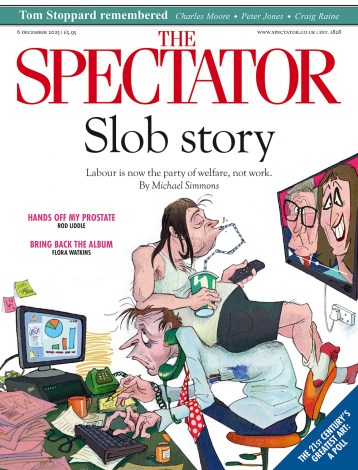
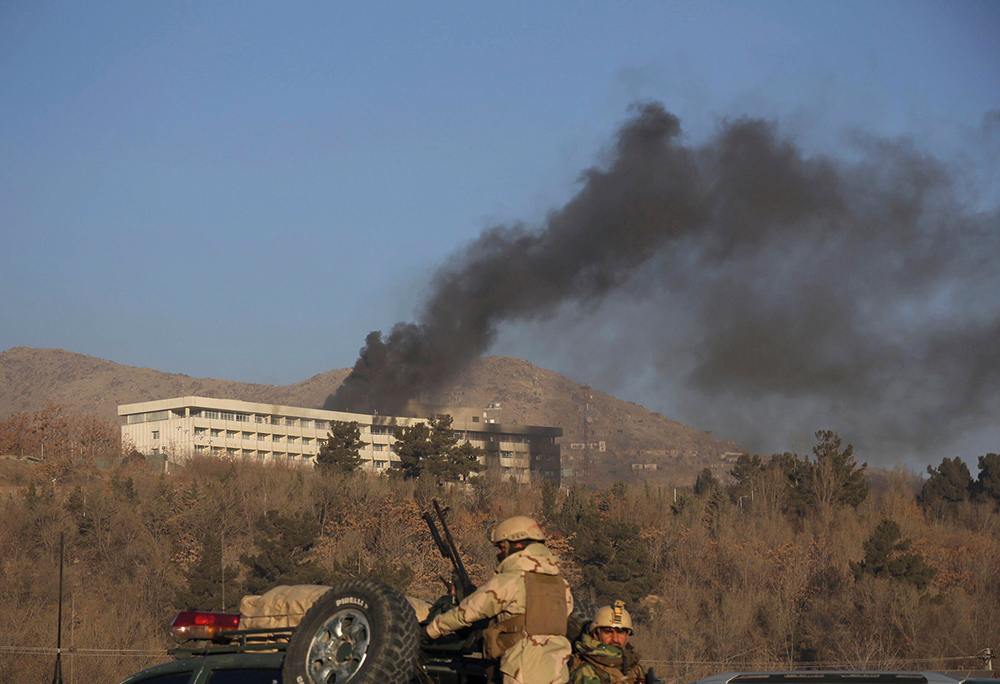
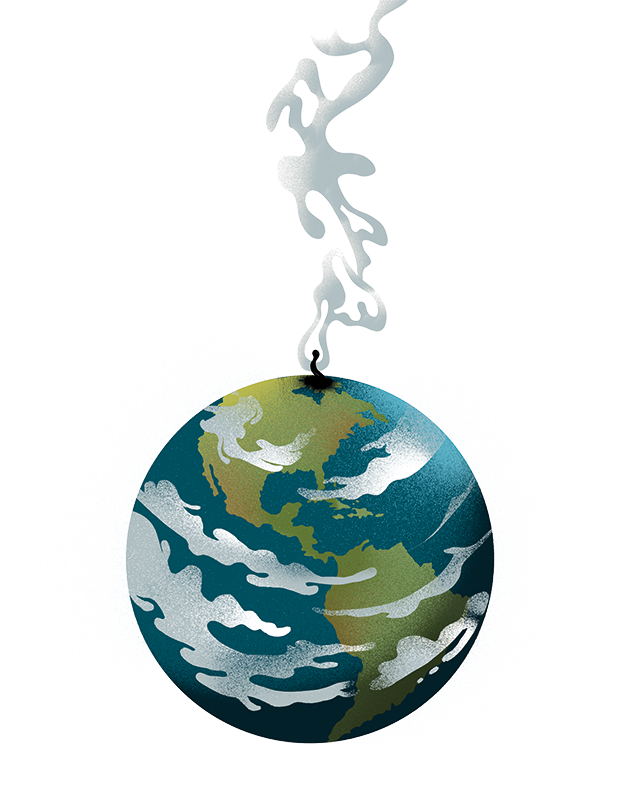




Comments